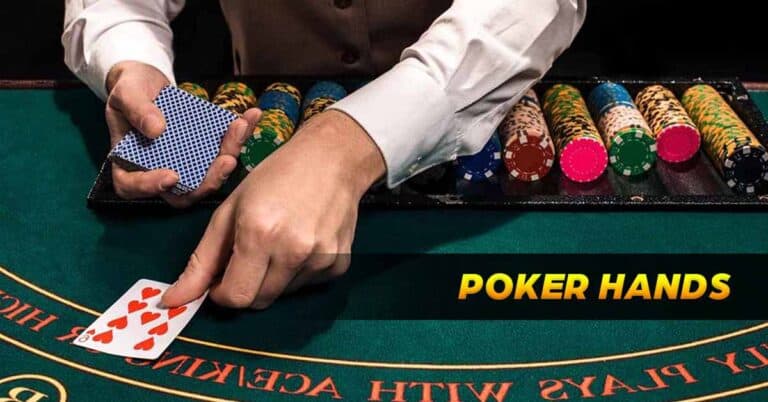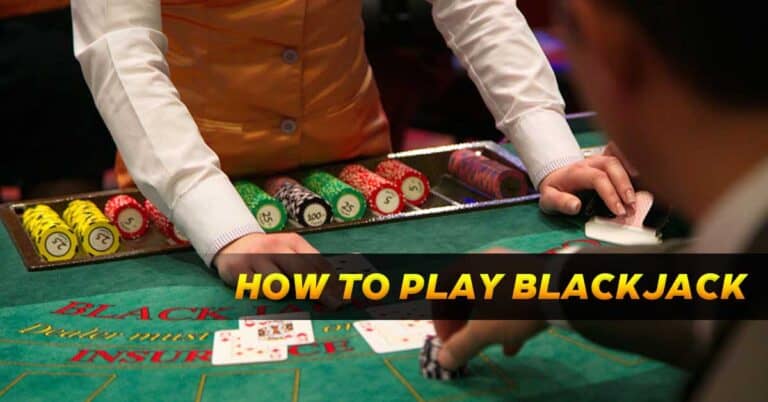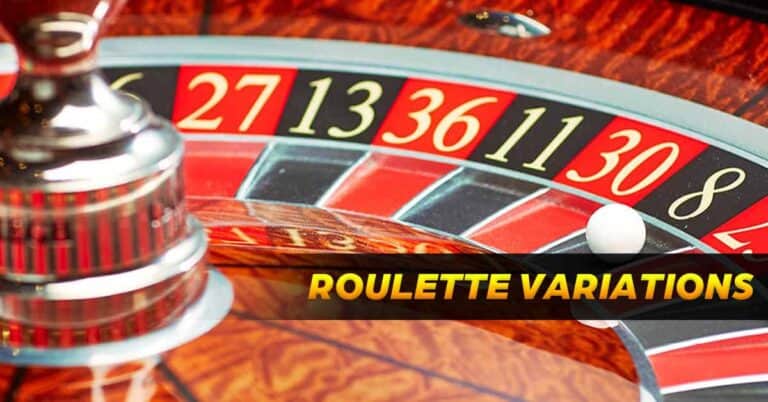Lodigame Blackjack Strategy 101: The Basics and Beyond
In the world of casino gambling, few games offer the thrill and excitement of blackjack. Known for its simple yet captivating gameplay, blackjack is a card game that has attracted players from all walks of life for generations. What sets blackjack apart from many other casino games is that it’s not purely a game of chance; it’s a game of skill and strategy.

Whether you’re a seasoned pro or a novice stepping into the casino for the first time, understanding and implementing the right blackjack strategy can make a significant difference in your overall experience and, more importantly, your chances of winning. In this comprehensive guide, we will delve into the world of blackjack strategy, breaking down the game’s intricacies, discussing basic and advanced tactics, and providing you with the knowledge and tools you need to become a more successful blackjack player.
Understanding the Game
A solid grasp of blackjack’s fundamental concepts and objectives is essential before delving into more advanced strategies. In this section, we will explore the core elements that make up the game of blackjack, helping you become more confident in your gameplay.
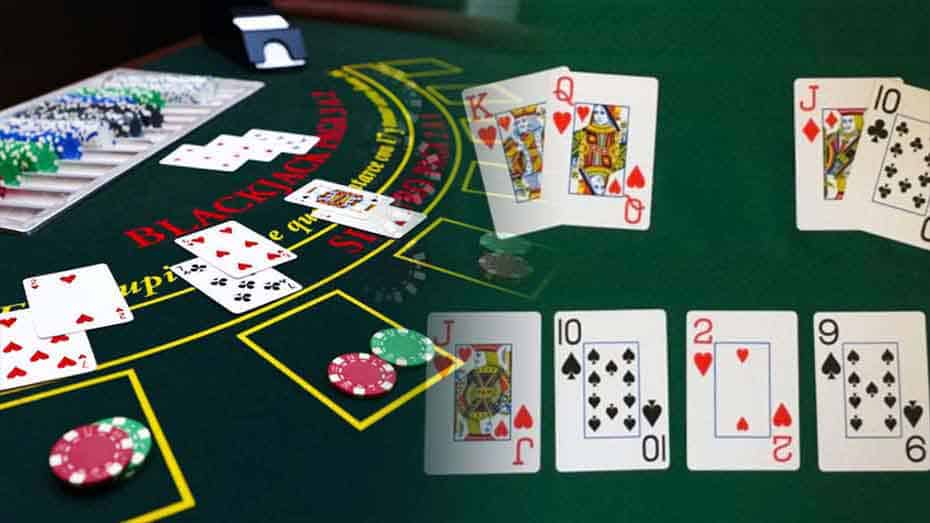
The Objective of Blackjack
The primary objective in blackjack is to beat the dealer’s hand without going over 21 points. If your hand exceeds 21, you “bust” and automatically lose the round, regardless of the dealer’s hand.
The value of your hand is determined by the sum of the card values. Numbered cards are worth their face value, face cards (jacks, queens, kings) are worth 10 points each, and aces can be counted as either 1 or 11 points, depending on what benefits your hand the most.
Exactly after all players have completed their actions, the dealer then exposes their concealed card. The dealer must follow a specific set of rules, usually hitting until they reach a total of 17 or higher. The player’s objective is to have a hand value closer to 21 than the dealer’s hand without busting.
Achieving a blackjack, which is an ace and a 10-value card as your initial two cards, is the most desirable outcome in blackjack. It usually pays 3:2, providing you with a better return on your bet than a standard win.
Dealing and Gameplay
- Initial Deal: At the start of a round, players place their bets, and the dealer distributes two cards to each player and two to themselves. One of the dealer’s cards is face up (the upcard), while the other remains face down (the hole card).
- Player’s Turn: Players take turns deciding whether to “hit” (request another card) or “stand” (keep their current hand). The goal is to get as close to 21 as possible without busting.
- Dealer’s Turn: Once all players have completed their actions, the dealer reveals their hole card and follows a specific set of rules, usually hitting until they reach a total of 17 or higher.
- Winning and Payouts: If your hand beats the dealer’s hand without busting, you win and receive a payout typically at even money (1:1). If you achieve a blackjack, you are usually paid at 3:2 odds.
Basic Blackjack Strategy
Now that you have a solid understanding of the game’s fundamentals, let’s explore basic blackjack strategy, which forms the basis for making informed decisions during gameplay. Following these strategies can significantly improve your chances of winning at the blackjack table.
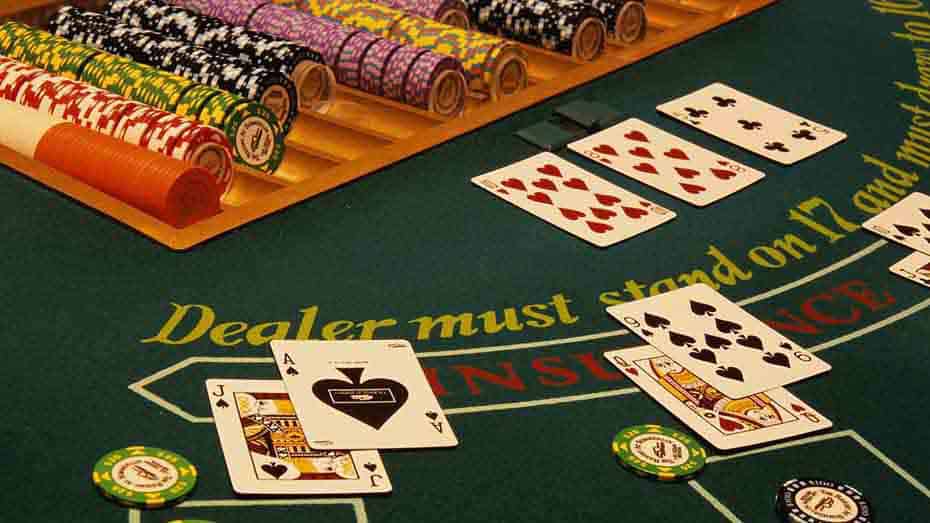
When to Hit
Hard Totals: When you have a hard total of 8 or less, it’s almost always advisable to hit. This is because you can’t bust with a single additional card.
Soft Totals: With a soft total (an ace counted as 11 points), you can often hit without the risk of busting. For example, if you have an ace and a 6 (totaling 17), hitting is generally a good idea.
When to Stand
Hard Totals: If you have a hard total of 17 or higher, it’s usually best to stand. Standing on these values minimizes the risk of busting.
Soft Totals: When you have a soft total of 19 or 20, you should almost always stand. These are strong hands that have a high probability of winning.
Doubling Down
You can double down when your initial two cards total 9, 10, or 11. This is because the odds of drawing a 10-value card (10, jack, queen, king) to make a strong hand are in your favor.
Some tables allow doubling down on any two cards, but it’s often more strategic to focus on the recommended totals mentioned above.
When doubling down on a 10 or 11, it’s generally safe to bet an amount equal to your initial wager. However, you can vary your bet size based on your confidence and risk tolerance.
Splitting Pairs
Always split a pair of aces and eights. Aces can become strong hands with the value of 11, while eights are generally considered weak hands.
You should also split pairs of twos, threes, sixes, sevens, and nines against specific dealer upcards (usually 2 through 6). This strategy aims to take advantage of the dealer’s potentially weak hand.
When splitting pairs, you’ll need to place an additional bet equal to your original wager for the second hand. After splitting aces, most casinos allow only one more card for each hand. However, when you split other pairs, you can usually hit multiple times if needed.
Advanced Blackjack Strategy
Once you’ve mastered the basics of blackjack strategy, it’s time to take your skills to the next level. Advanced blackjack strategy involves more nuanced techniques and a deeper understanding of the game. These strategies can help you gain an edge over the casino and increase your chances of winning in the long run.
The Basics of Card Counting
Card counting is a technique used by skilled players to gain insight into the composition of the remaining deck(s). The most popular card counting system is the Hi-Lo method, which assigns values to each card. Low cards (2-6) are assigned a +1 value, neutral cards (7-9) are assigned a 0 value, and high cards (10-King) are assigned a -1 value. As cards are dealt, it’s important to keep track of a running count. A positive count indicates a surplus of high-value cards remaining in the deck, which is favorable for the player.
Advanced Card Counting Techniques
To enhance your card counting skills, consider learning more advanced systems like the Zen Count or the Omega II Count, which assign different values to cards. Additionally, you can incorporate side counts for aces or other valuable cards to refine your advantage.
When to Consider Insurance
Insurance is a side bet offered when the dealer’s upcard is an ace. It pays 2:1 if the dealer has a blackjack but results in a loss if they don’t. Generally, it’s not advisable to take insurance as it has a negative expected value in the long run. Skilled players rarely opt for insurance.
Types of Side Bets
Some blackjack variants offer side bets with varying degrees of risk and reward. Common side bets include Perfect Pairs (betting on whether your initial two cards will form a pair) and 21+3 (betting on a poker-style hand using your two cards and the dealer’s upcard). While side bets can be enticing, they typically have a higher house edge than the main blackjack game. Exercise caution when considering side bets.
Tips for Success in Blackjack
While mastering blackjack strategy is crucial, there are several additional tips and best practices that can help you succeed at the blackjack table. These insights will enhance your overall gameplay and maximize your chances of winning.
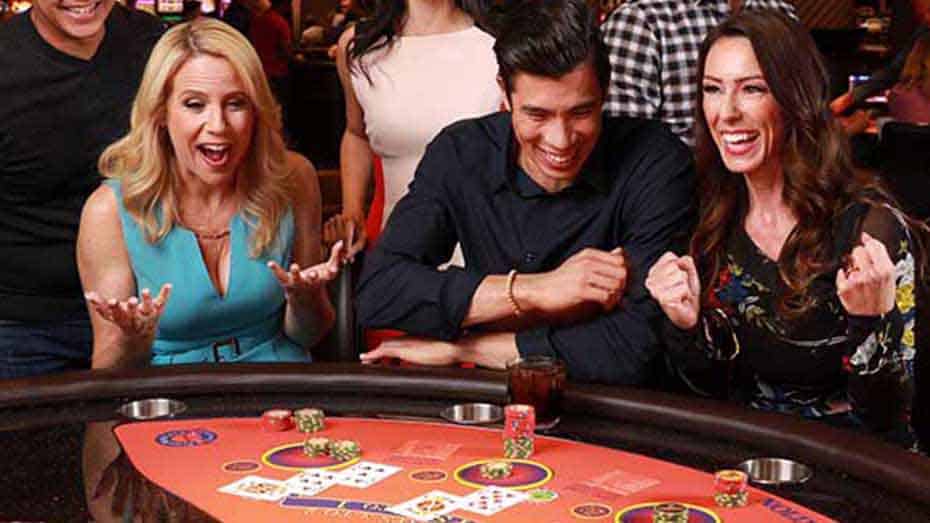
Bankroll Management
- Set a Budget: Before you start playing, establish a clear budget for your blackjack session. Decide on a budget for your gambling activities and adhere to it strictly. Avoid betting money that you cannot afford to lose under any circumstances.
- Use Proper Bet Sizing: Adjust your bets based on your bankroll and the table minimums. A common rule is not to bet more than 1-2% of your total bankroll on a single hand. This approach helps you manage losses and extend your playing time.
- Avoid Chasing Losses: If you experience a losing streak, resist the urge to increase your bets significantly to recoup losses quickly. This can lead to even more substantial losses. Stick to your pre-determined betting strategy.
Choosing the Right Table
- Select Favorable Rules: Live casinos and tables may have varying blackjack rules. Look for tables with player-friendly rules, such as those that allow you to double down on any two cards or offer the surrender option.
- Avoid 6:5 Blackjack: Some tables offer a 6:5 payout for blackjack instead of the standard 3:2. Always opt for the 3:2 tables, as 6:5 significantly increases the house edge.
Avoiding Common Pitfalls
- Don’t Play Under the Influence: Avoid playing blackjack while under the influence of alcohol or substances. Impaired judgment can lead to poor decision-making and significant losses.
- Stay Calm and Collected: Maintain composure at the table, regardless of whether you’re winning or losing. Emotional reactions can cloud your judgment and lead to poor decisions.
- Don’t Believe in Myths: Blackjack myths, such as the notion that you’re “due” for a win after a series of losses, can be detrimental. Remember that each hand is independent of previous outcomes, and there is no such thing as luck “turning around.”
- Don’t Rely on Betting Systems: Betting systems like the Martingale or Fibonacci can be appealing, but they don’t change the fundamental odds of the game. Avoid relying on them as long-term winning strategies.
Practicing Your Skills
- Play for Free: Many online casinos offer free blackjack games where you can practice and refine your skills without risking real money. Use these opportunities to hone your strategy.
- Learn from Mistakes: Review your past blackjack sessions, whether you won or lost, to identify areas for improvement. Analyze your decisions and consider what you could have done differently.
- Consider Card Counting Training: If you’re serious about card counting, consider investing time in card counting training programs and practice drills to sharpen your skills.
Manage Your Expectations
- Accept Variance: Blackjack involves an element of luck, and even the most skilled players can experience losing streaks. Understand that variance is a natural part of the game and stay patient.
- Set Win and Loss Limits: Define both a winning and losing limit for your session. If you reach either limit, it’s a signal to walk away. Discipline is crucial in preserving your bankroll.
FAQs
Conclusion
In conclusion, mastering blackjack requires a solid understanding of the game’s fundamentals, a commitment to disciplined bankroll management, and the integration of advanced strategies like card counting and proper bet sizing. While blackjack offers the allure of skill and strategy, it’s essential to remember that success isn’t guaranteed in every hand due to the inherent element of luck. Variance is a factor, but with continuous learning, practice, and responsible gaming habits, you can improve your chances of success and enjoy the excitement of this iconic casino game. So, approach the blackjack table with a well-defined strategy, set limits, and embrace the journey of becoming a more proficient player.










